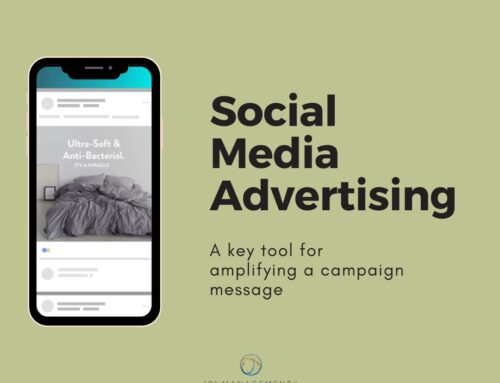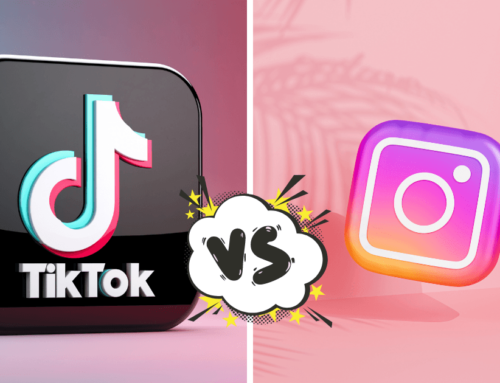Let’s face it: These days we’ve come to expect instant service.
- We expect the Internet to provide immediate answers to our questions.
- We expect same-day delivery when we order something online (and 30-minute delivery for our meals).
- And we want fast resolutions to our customer complaints.
The days of writing letters to companies and waiting days or weeks for a canned response went out with dial-up connections to the Internet. So we can hardly blame our customers for wanting the same type of resolutions to their problems that we expect ourselves.
Why turn to social media?
Besides what customers have come to expect, however, social media platforms provide a link with your customers that you can’t get through any other medium.
The most important reason to use social media to improve your customer service is because your customers are already on it, broadcasting to the world—or at least to other social media users— their dissatisfaction with your products or service. And you can’t let those complaints go unanswered.
Conversely, if that “world” sees that an issue was resolved satisfactorily, it’s the best free advertising you can get.
Consider:
-
- Buffer.com reports, according to one HelpScout survey, 78 percent of online customers recommend the brand to a friend after a great customer service experience.
- Eighty percent of U.S. consumers say they would pay more to ensure a superior customer experience.
- While 80 percent of companies believe they deliver “superior” customer service, only eight percent of customers think these same companies do so.
- Of those who use social media for customer service, 83 percent of them have not completed an intended purchase because of poor customer service, according to an American Express study.
- Finally, another survey from Bain & Company found that when companies engage and respond to customer service requests over social media, those customers end up spending 20-40 percent more with that company.
Other surveys have found similar cascading negative results from poor customer service. One found that not only will half of customers tell their family and friends about a bad experience, over half will never buy from that company again.
So how can you use social media to improve customer service and protect your brand? Here are four tips.
1. Monitor comments
Of course you can’t be glued to Twitter or Instagram 24/7, but you need to know what’s being said about your company. And unless you can afford to hire a team to monitor customer feedback on social media, you’ll have to depend on various tools.
Programmable messenger “chatbots” are one possibility. They can be programmed across platforms to respond to messages. Other popular customer service tools include Google Alerts, Talkwalker, Mention, and Social Mention.
2. Reply quickly
Surveys show that approximately 40 percent of social media consumers expect a response to a complaint within sixty minutes. And don’t forget that some platforms like Facebook provide a public “response time” rating for your business. So it’s even more important to quickly acknowledge every post, review, and mention on social media.
Social media doesn’t restrict users to negative complaints (although it sometimes seems that way). So when customers have something good to say about your product or service, thank them for their comment. It makes them feel good about the time they took to make it, and encourages more such comments from others.
3. Tell them they’re right
Even when they’re wrong, the customer is always right, at least in the public forum of social media. Arguing with a customer, even when they’re clearly in the wrong, is a path to disaster. You won’t change their mind if they’re convinced their complaint is legitimate, and trying to do so will leave a bad impression with those who are listening in.
Instead, acknowledge their complaint, apologize for what they perceive as bad service, and let them know that you want to help.
4. Take it offline
Sometimes a customer’s complaint is too complex to be solved on social media. Twitter, for instance, with its 280-character limit, is especially difficult to rely on for such back-and-forth conversations.
In that case, you can offer customers the option of moving to direct messaging (DM). This also takes the conversation out of the public sphere, a good idea if the exchange is potentially negative.
Or provide a phone number they can call to talk to a company representative directly.
Customer service is hard even when it’s face-to-face in a brick-and-mortar store. It’s even more difficult when the social media world is watching. But it’s important for your reputation and ultimately to the success of your company to make sure you get it right.
Our social media management experts have many other ways to help build positive relationships with your customers and foster brand loyalty. So contact us today!










Leave A Comment